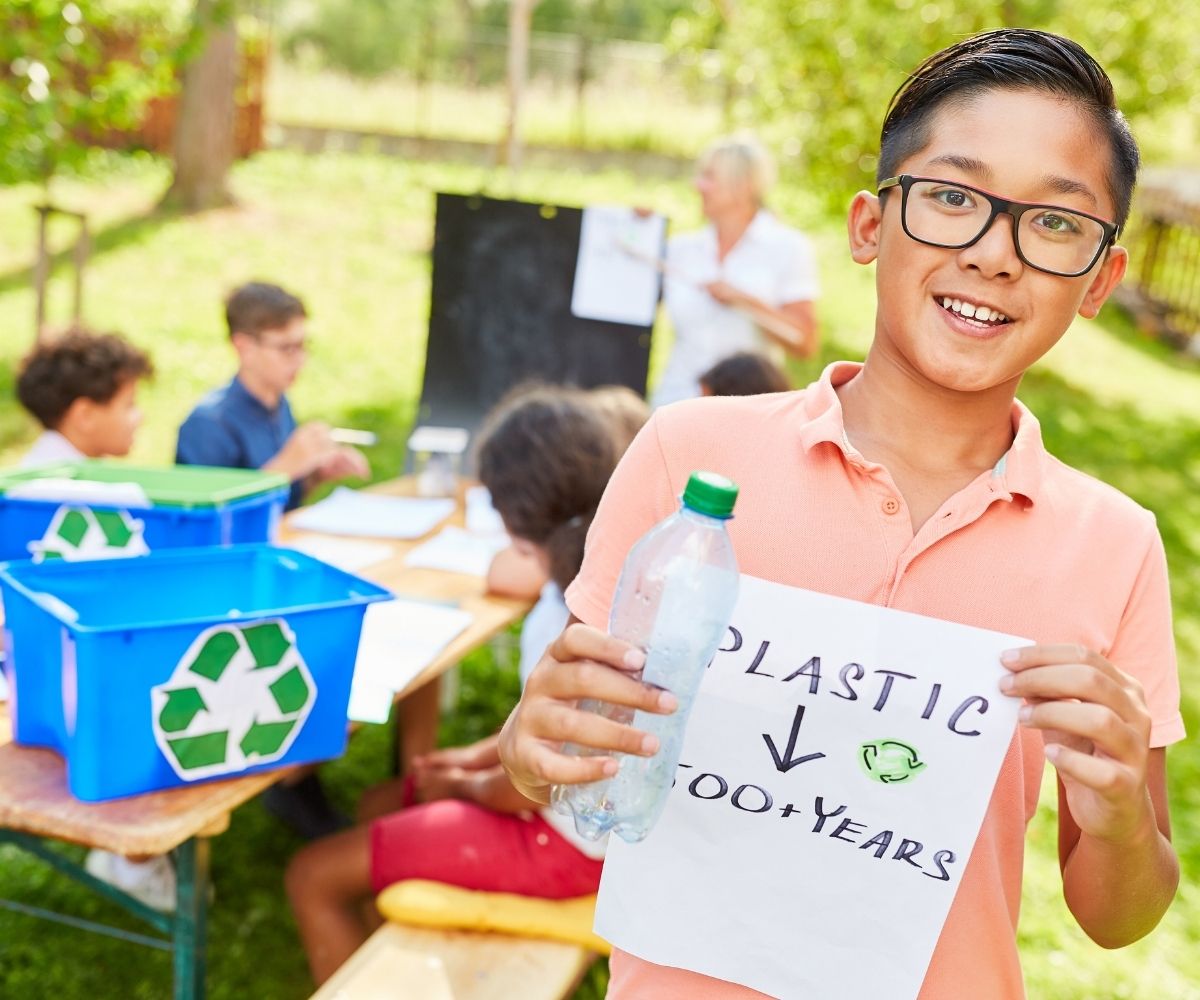
The Importance of Environmental Education in Today’s Schools
October 17, 2023Our planet faces significant environmental challenges, ranging from climate change to biodiversity loss. These issues underscore the importance of environmental education in schools. This blog post explores the role, benefits, and challenges of integrating environmental education into the school curriculum.
Understanding Environmental Education
Environmental education is a comprehensive learning process that raises awareness about the environment and its associated challenges, develops knowledge and skills required to address these issues, and fosters attitudes that encourage responsible behavior towards the environment. A well-crafted research paper introduction often serves as a gateway to exploring various aspects of environmental education, encompassing many topics, including biodiversity, conservation, pollution, climate change, sustainability, and renewable energy.
Through environmental education, students learn about the interrelationship between natural systems and human societies and understand how their actions can impact these systems. They are also equipped with problem-solving and decision-making skills to contribute to environmentally sustainable development.
Historical Context and Evolution of Environmental Education
The roots of environmental education can be traced back to the nature study movement of the late 19th and early 20th centuries, which aimed to connect children with nature through direct experiences. However, it was only in the 1960s and 70s, amid growing public concern over environmental degradation, that ecological education began to take shape as a distinct field of study.
In 1977, the United Nations Educational, Scientific and Cultural Organization (UNESCO) and the United Nations Environment Programme (UNEP) organized the Intergovernmental Conference on Environmental Education in Tbilisi, Georgia, which marked a significant milestone in the evolution of environmental education. The conference laid out environmental education’s principles, objectives, and characteristics and emphasized its role in promoting sustainable development.
Since then, the field of environmental education has continued to evolve, adapting to the changing environmental challenges and our understanding of them. Today, it focuses on imparting knowledge about the environment and emphasizes active participation and experiential learning to foster environmental stewardship.
The Role of Schools in Environmental Education
Reasons Why Schools Are an Ideal Setting for Environmental Education
Schools play a pivotal role in environmental education for several reasons. First, they reach a large audience of students at an impressionable age, providing an opportunity to instill ecological consciousness early on. Second, schools offer a structured and continuous learning environment where environmental concepts can be integrated across various subjects, promoting a holistic understanding of these issues. Finally, schools can serve as models of sustainable practices, reinforcing the lessons taught in the classroom.
Current State of Environmental Education in Schools Globally
The state of environmental education in schools varies significantly across the globe. In some countries, environmental education is well-integrated into the curriculum and school culture. For instance, in Finland, one of the world’s leading education systems, sustainability is a cross-curricular theme, and schools are encouraged to adopt eco-friendly practices.
However, in many other parts of the world, environmental education still needs to be given the importance it deserves. It may be treated as an optional subject or confined to occasional activities rather than being an integral part of the curriculum. Furthermore, lack of resources, training, and support often hampers the effective implementation of environmental education in schools.
Despite these challenges, there is a growing recognition of the importance of environmental education worldwide, and efforts are underway to strengthen its presence in schools. It includes global initiatives such as UNESCO’s Education for Sustainable Development program, which aims to integrate the principles and practices of sustainable development into all aspects of education and learning.
Benefits of Environmental Education in Schools
Cognitive Benefits
Environmental education offers numerous cognitive benefits. It promotes critical thinking as students are encouraged to ask questions, explore various perspectives, and make informed decisions about environmental issues.
According to Robert S Hicks, a college literature professor:
“It also enhances problem-solving skills as students learn to identify environmental problems, analyze their causes and effects, and devise possible solutions. Moreover, it fosters systems thinking, helping students understand the complex interactions between natural and human systems.”
Emotional Benefits
Emotionally, environmental education cultivates a sense of empathy and care for nature. Through direct experiences with nature, students develop an emotional connection with the environment, a key motivator for pro-environmental behavior. Additionally, it instills a sense of responsibility towards the environment, motivating students to take action to preserve and protect it.
Social Benefits
From a social perspective, environmental education encourages teamwork and collaboration as students often work together on environmental conservation or green energy projects. It also promotes community engagement and activism by involving students in local environmental initiatives and encouraging them to take action on environmental issues in their communities. Furthermore, it fosters global citizenship by making students aware of the worldwide nature of many environmental problems and their role in addressing them.
Successful Case Studies of Environmental Education in Schools
Several schools around the world have successfully implemented environmental education programs.
For instance, the Cloud Forest School in Costa Rica has a curriculum heavily emphasizes environmental education. The school is situated on 106 acres of cloud forest, providing students with ample opportunities for hands-on learning about the environment.
In Australia, the Australian Sustainable Schools Initiative (AuSSI) allows schools to engage in a whole-school approach to sustainability, integrating it into all areas of the curriculum and school operations.
Impact and Outcomes of These Programs
Such programs have shown promising results. At the Cloud Forest School, students have demonstrated increased knowledge about the environment, attitudes of care and concern for the environment, and engagement in pro-environmental behaviors such as recycling and conservation.
In schools participating in the AuSSI, there have been improvements in student engagement and learning outcomes, reduced waste and resource use, and increased community involvement in the school’s sustainability initiatives.
Challenges and Ways Forward
Despite environmental education’s recognized importance and benefits, several challenges hinder its implementation in schools. Some common barriers include lack of resources, inadequate teacher training, lack of support from school administration, and competing academic priorities.
A case study of Zambian high schools highlighted challenges such as gaps in policy implementation and a need for teaching and learning materials for environmental education.
Possible Solutions and Strategies to Overcome These Challenges
Enhancing teacher training in environmental education is crucial to ensure teachers have the knowledge and skills to teach this subject effectively.
Furthermore, school administration support is essential for environmental education programs’ success. It could include allocating resources for these programs and integrating environmental education into the school’s curriculum and culture.
Finally, bridging the gap between policy and practice is vital for successfully implementing environmental education. It requires clear policies that support environmental education and effective mechanisms for their implementation.
Conclusion
In conclusion, environmental education plays a vital role in preparing students to face the environmental challenges of the 21st century. It is incumbent upon educators, policymakers, and parents to champion its integration into school curricula.



 With over 15 years of reporting hydrogen news, we are your premier source for the latest updates and insights in hydrogen and renewable energy.
With over 15 years of reporting hydrogen news, we are your premier source for the latest updates and insights in hydrogen and renewable energy.